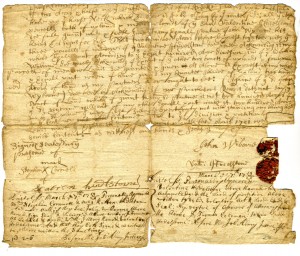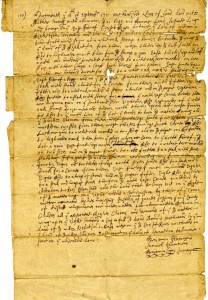Handwritten Heritage
Posted on November 18, 2014 by Jenny ONeill
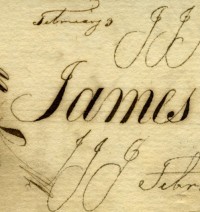
What is the connection between cursive writing and history? As schools begin to move away from teaching cursive writing skills, will students also lose the ability to read cursive handwriting? And if so, how will they access the handwritten documents of history? One of the great pleasures and challenges of working with primary source documents from the 18th – 20th century is deciphering handwriting, a task difficult enough for those of us who were raised on cursive penmanship. How will signatures of the up and coming generation compare to the flourishing letters of the 19th century? Or will we see a return to the use of making a mark or ‘X’ in place of a signature?
To celebrate and highlight the importance of handwriting, we offer a few examples from our collection:
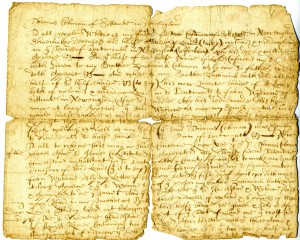
Division of land in Dartmouth, 1720. WHS Collection 2012.028.018. Click on the image to see a full size version.
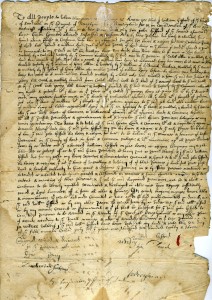
Will of William Gifford, 1683. WHS Collection 2012.023.025.001. Click on the image to see a full size version.
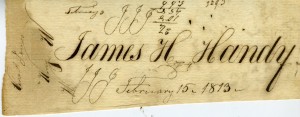
Fragment from the books of James Handy. WHS Collection 2013.009.02 Click on the image to see a full size version.

